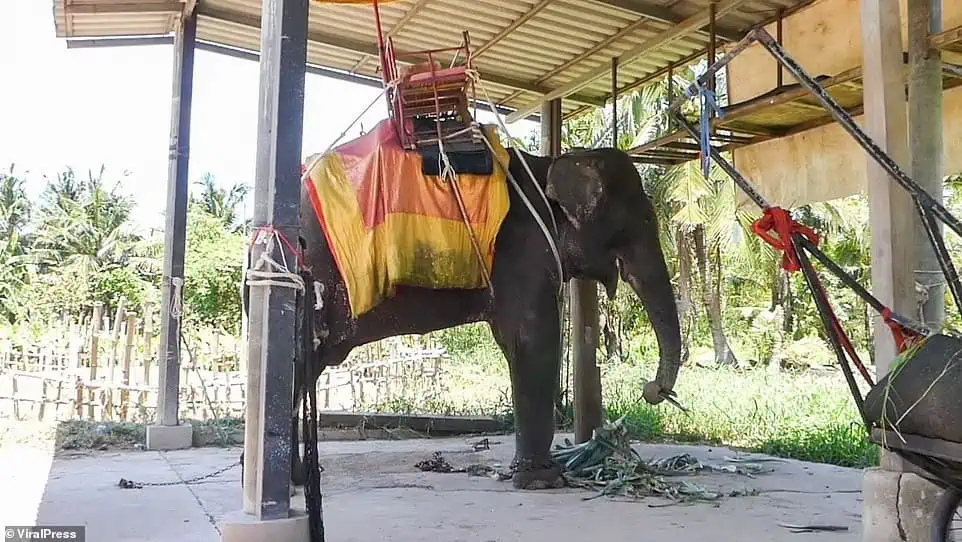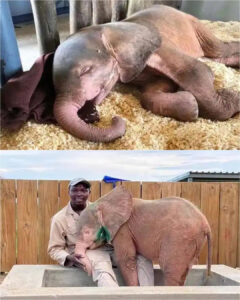The video is heartbreaking. It shows three of Thailand’s elephants at an animal camp, so weak from hunger that they can barely stand. Heavy chains around their necks seem to be the only thing holding them upright. This is one of those devastating stories that exposes a silent crisis. It reveals the dark reality of what happens when the tourists go home, and the animals are left to starve.
The Scene That Shocked the World
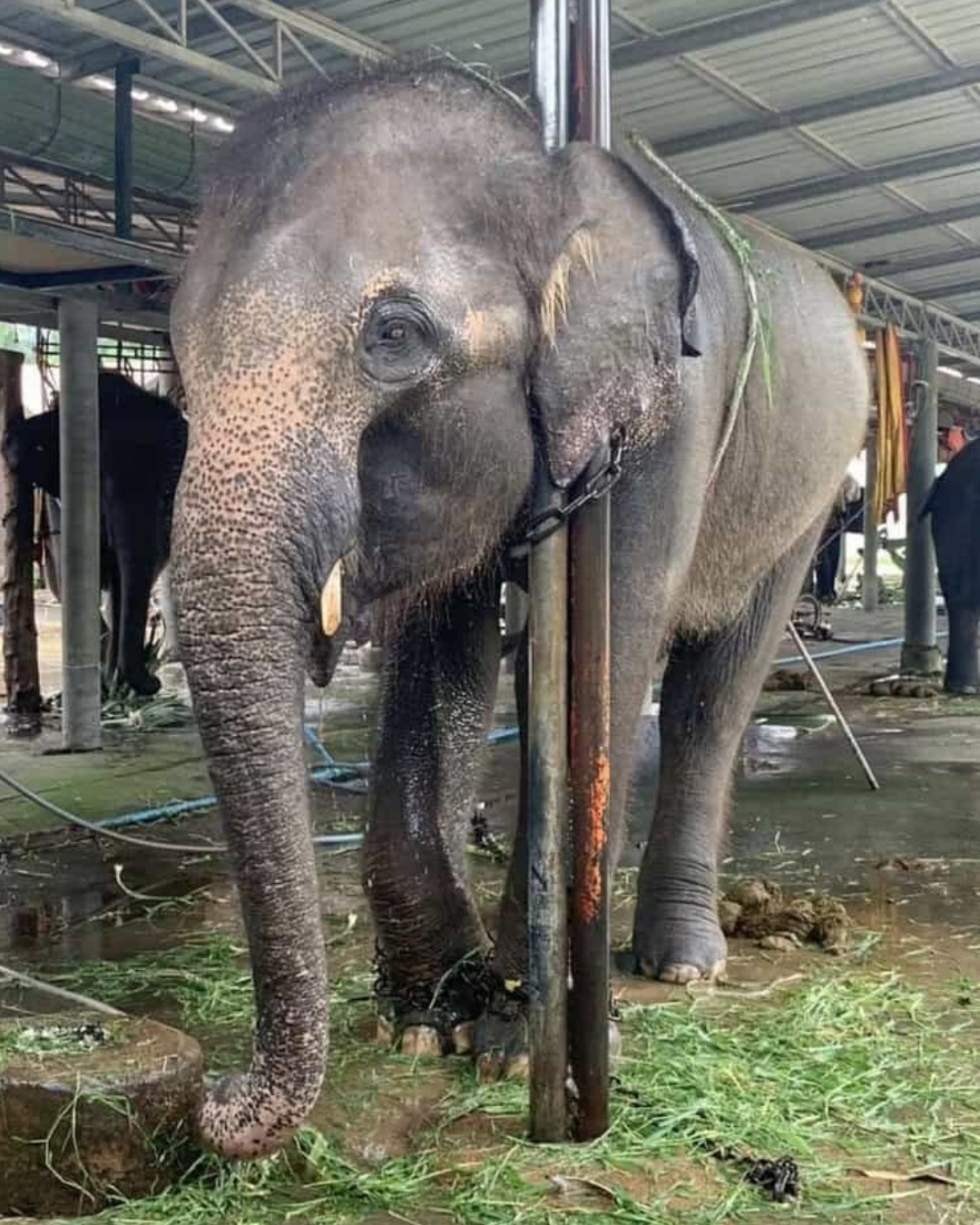
The elephants—Plai See Dor Thong Pool, Plai Boon Mee, and Plai Kham Kaew—were once majestic, powerful creatures. But in footage filmed at Chang Puak Camp in Ratchaburi, Thailand, they were shadows of their former selves. Their trunks hung low, their eyes dull with exhaustion and despair.
This footage, captured on June 15, spread quickly online. The world finally saw the truth about what was happening behind the scenes.
So, what caused this nightmare? The pandemic. For years, Thailand’s massive tourism industry was the only thing supporting thousands of captive elephants. This industry, while highly controversial, paid for the food, medicine, and staff (called mahouts) needed to care for them.
When COVID-19 brought global travel to a screeching halt, that entire system collapsed overnight.
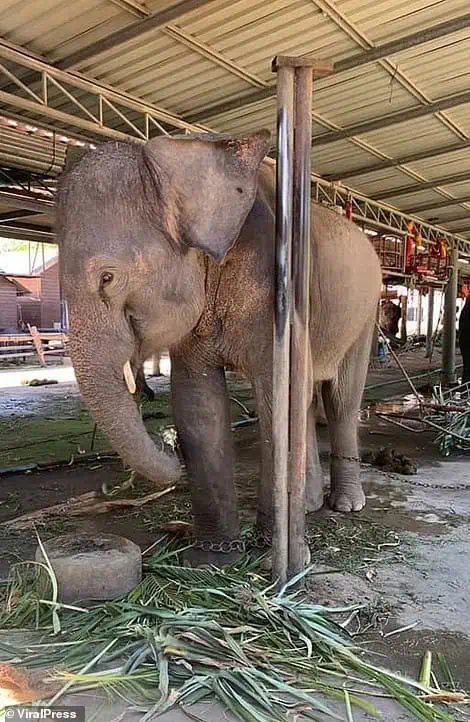
No Tourists, No Food
The equation was simple and brutal: no tourists meant no money. No money meant no food for the elephants and no salaries for their caretakers. The elephants were simply left to waste away, chained up and forgotten. This wasn’t just neglect; it was a total system failure that threatened the life of these intelligent giants.
Thankfully, the viral video forced authorities to act. On June 18, officials from the Department of Livestock Development (DLD) arrived at the camp. They immediately unchained the starving elephants and began emergency health checks. The animals were severely malnourished and weak, but they were alive.
Read More: Man Loses 360 Pounds Naturally, Internet Rallies to Support His Next Step
A System Built on Profit
DLD officials warned the camp management that such practices were illegal under Thailand’s animal protection laws. The camp’s excuse was predictable. A worker claimed that due to “financial hardship,” they had to lay off all the mahouts. They admitted it was wrong, but for many, the apology was far too late.
Animal rights organizations like PETA were not surprised. They have long warned about the dangers of an industry built on profiting from animals. “Elephant camps that profit from animal suffering should immediately relocate their elephants to sanctuaries,” said Jason Baker of PETA. The pandemic simply exposed the truth: this system was built on profit, not compassion.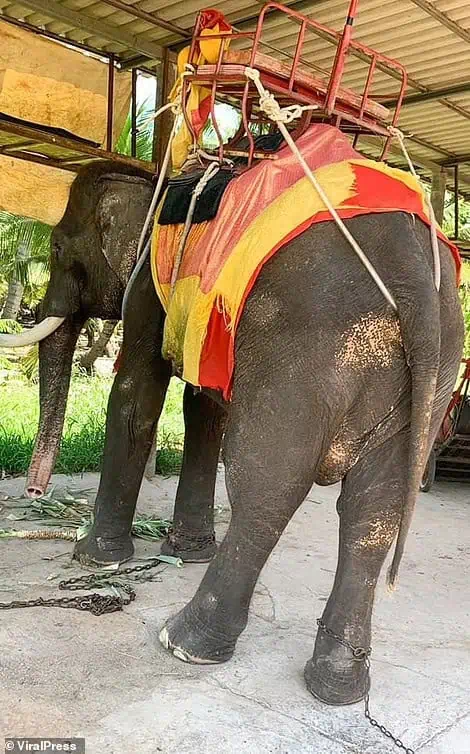
This was not an isolated case. These aren’t the only stories of suffering. Earlier in the year, a 50-year-old elephant named Khun Pan was found near death at another tourist camp. He was emaciated, his ribs showing through his skin, and he was covered in sores. Rescuers intervened just in time to save his life.
These incidents reveal a sad truth. Even in a country where elephants are a national symbol, thousands are trapped. Thailand has about 2,000 elephants in the wild, but it also has another 2,000 living in camps and private facilities, completely dependent on tourism money to eat.
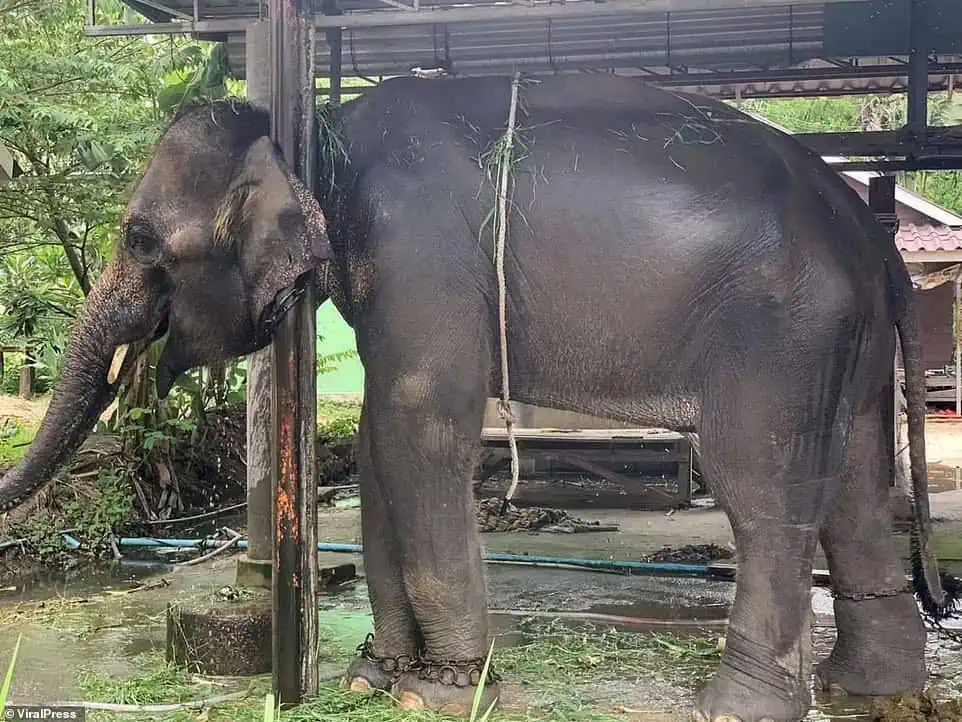
As tourists begin to return, the big question remains: Will anything actually change? Or will this all happen again the next time a crisis hits? For the three elephants at Chang Puak Camp, the chains are gone for now. But their story is a haunting reminder that even the strongest giants can fall when the world forgets them.
Full Story: The Hidden Meaning Behind Princess Diana’s Cannes Gown: A Heartfelt Farewell to Grace Kelly
